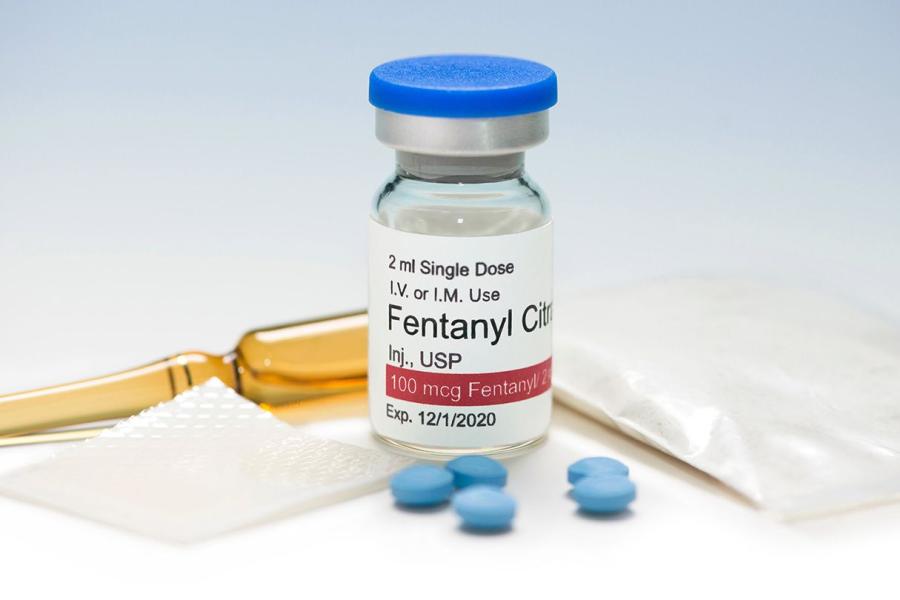State departments issue guidance around fentanyl expsoure

The Tennessee Department of Mental Health and Substance Abuse Services (TDMHSAS) and Department of Health today issued new guidance and information around fentanyl and what to do in case of a potential exposure.
Recent media reports have highlighted stories of exposure to a white powdery substance assumed to be fentanyl and the wide variety of adverse medical reactions that followed. While these stories are disturbing, it is important for everyone involved to separate fact from fiction when talking about fentanyl exposure to avoid unnecessary confusion and panic.
Illicit fentanyl cannot be absorbed through the skin or by touching an item or surface where it is present. When in powder form, fentanyl and its analogs (including carfentanil and fluorofentanyl) cannot be absorbed through the skin. Dissolving the powder in a liquid does not change this property. Wet objects do not pose an increased risk for an overdose caused by casual exposure.
“It’s so important to separate fact from fiction when it comes to fentanyl because Tennesseans are dying of overdose by the thousands. It is our hope that these facts will help people who are struggling with opioid use reach to treatment if they need it and find a new life in recovery,” said TDMHSAS Commissioner Marie Williams, LCSW.
“Overdoses are heart-wrenching, for those who live through them and for the family and friends of those who don’t,” said TDH Commissioner Dr. Morgan McDonald, MD FACP FAAP. “We are taking every opportunity to provide care and information to those dealing with addiction to prevent deaths and overdoses from fentanyl and opioids.”
What should you do if you believe you have been exposed to a substance that could be fentanyl?
- Do not touch your eyes, nose, or mouth.
- Wash your hands with soap and water to remove any substance from your hands.
- If you begin to experience any adverse medical symptoms, seek medical attention.
Symptoms of opioid/fentanyl overdose include pinpoint pupils, falling asleep or losing consciousness, slow and shallow breathing, choking or gurgling sounds, limp body, and pale, blue, or cold skin. If you suspect an overdose, call 911, and administer naloxone (Narcan) if available. Do not leave the person alone.
Symptoms such as alertness, rapid heartbeat, hyperventilating, sweating, chills, numbness in fingers are NOT typically associated with opioid/fentanyl overdoses, though they may need medical attention. These symptoms are more commonly associated with anxiety or a panic attack.
For a fentanyl overdose to occur, the powder must enter the bloodstream and get to the brain. This is why it is important to avoid touching your eyes, nose, or mouth until you can wash your hands. Fentanyl can also enter the bloodstream through cuts or wounds on the skin. Wounds must be open and visible to allow fentanyl to enter.
Prescription fentanyl transdermal patches dispensed by a licensed pharmacist are especially formulated to include other pharmaceutical ingredients designed to increase the permeability of the skin which allows a small amount of fentanyl to be absorbed very slowly. Full absorption of fentanyl through a patch takes 3-13 hours. Proper disposal of patches reduces the risk of ingestion by children and pets.
To learn more about fentanyl, overdose reversal, and how to save a life with naloxone, please reach out to the Regional Overdose Prevention Specialist who serves your area. Additionally, you can find recorded trainings and information about fentanyl on our website at this link: TN.gov/behavioral-health/fentanyl. If you or someone you love needs connection to addiction treatment services call or text the Tennessee REDLINE at 800-889-9789 for free and confidential referrals.

